Gingivitis, a prevalent yet frequently disregarded gum health issue is affecting people in large numbers around the world. Caused by improper oral hygiene, gingivitis is characterised by inflamed, swollen gums that are prone to bleeding.
Routine dental checkups paired with good oral hygiene practices like flossing and brushing are emerging as the key methods to prevent the problem. Even though gingivitis is mild in its impact, untreated cases can develop into more serious gum disease that may result in tooth loss. Come along as we explore ways to prevent gingivitis, talk about warning signs, and discover effective treatments for a healthy smile.
Table of Contents
What is Gingivitis? A Detailed Perspective
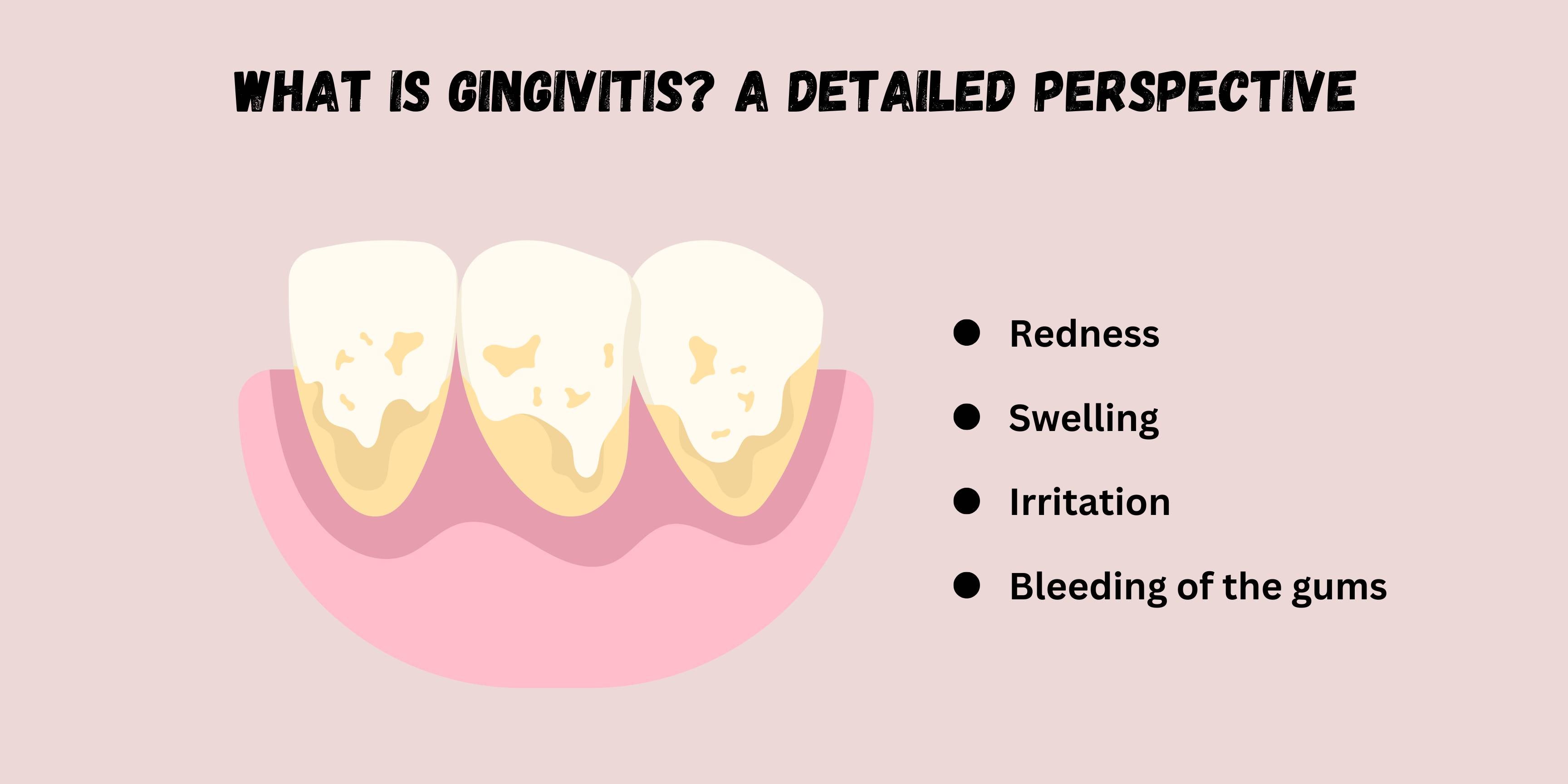
Gingivitis is an irritation, redness, swelling, and bleeding of the gums surrounding the base of the teeth. Even though gingivitis doesn't directly cause bone loss, it's important to treat it as soon as possible because left unchecked, it can worsen and lead to severe stage periodontitis further lead to bone loss.
Poor oral hygiene, which permits germs, tartar, and plaque to build up on teeth, is the main cause of gingivitis. Nonetheless, gingivitis can be avoided and even reversed by upholding excellent oral hygiene practices, such as brushing and flossing twice daily and scheduling routine dental examinations. These routines assist in eliminating bacteria and plaque, lowering the danger of gum irritation and the following problems.
Gum bleeding, oedema, and redness are early indicators of gingivitis. If not treated, gingivitis can develop into periodontitis, a more serious gum disease that lead to bony defects. Early symptom recognition and treatment are critical to avoid worsening of the condition.
Gingivitis is exceedingly prevalent. About half of everyone over 30 has gum disease of some kind. This high frequency emphasises how crucial it is to promote knowledge about gum health and put preventative measures in place.
The Symptoms of Gingivitis
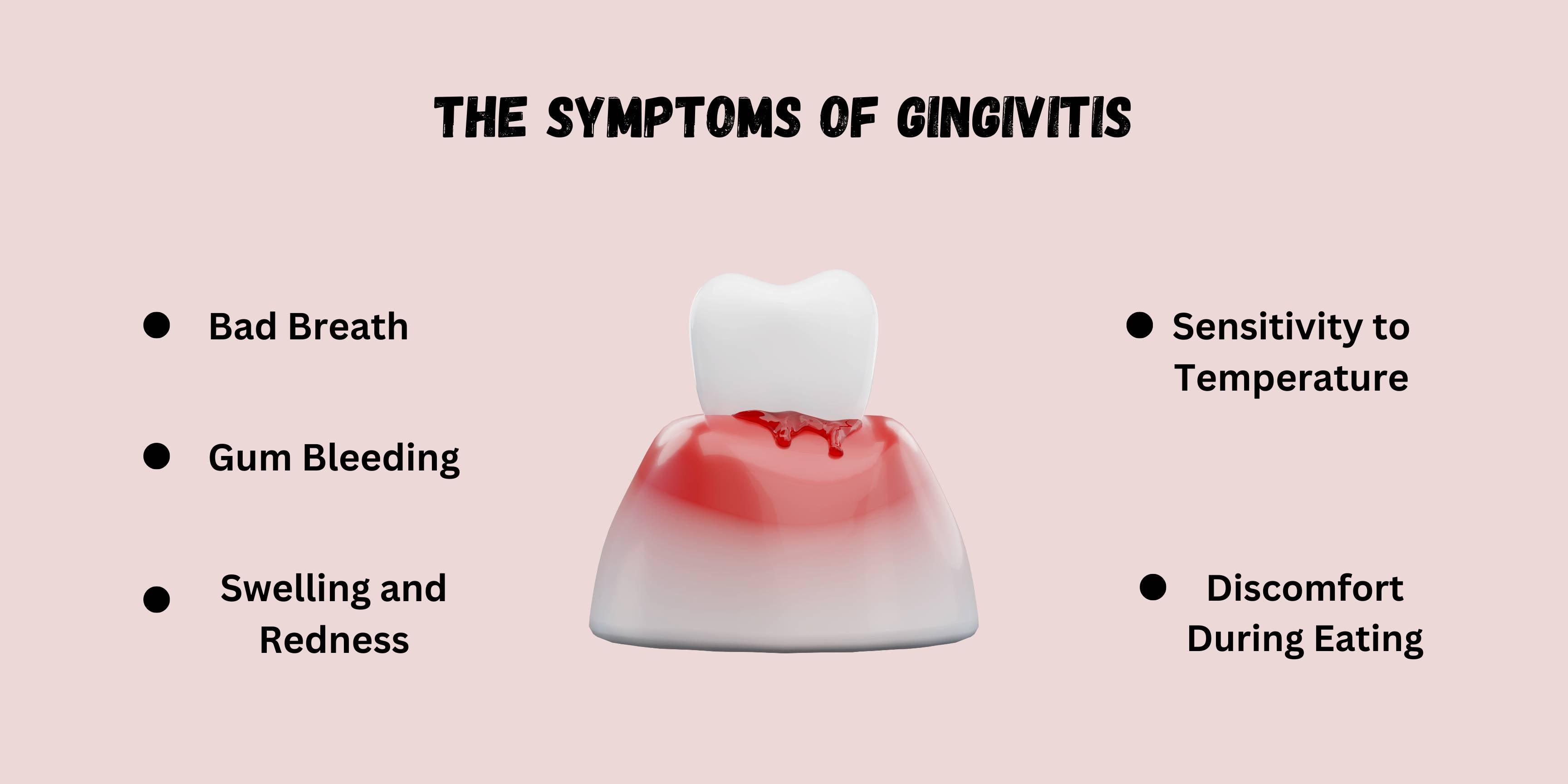
At first, gingivitis may appear elusive as its signs aren't usually immediately apparent. However, it can become noticeable over time in several ways. Here are some things to be aware of:
Bad Breath- Bad breath that doesn't go away even after brushing your teeth is one of the clear indications of gingivitis. This persistent bad breath may be a warning sign of inflamed gums.
Gum Bleeding- Do you frequently have bleeding gums, particularly after brushing or flossing? This may indicate the onset of gingivitis. Regular dental care should prevent bleeding from healthy gums, thus any bleeding has to be addressed.
Swelling and Redness- Look at your gingiva. Do they look more red-faced than normal? Do they have puffiness or oedema? These are traditional indications of irritation and inflammation in gingivitis.
Sensitivity to Temperature- Have you observed that your teeth are more sensitive to heat or cold, in particular? Gum recession brought on by gingivitis can expose sensitive tooth surfaces and increase their stimulation to temperature fluctuations.
Discomfort During Eating- Another sign of gingivitis is discomfort or tenderness in the gums when chewing food. If you feel pain or discomfort in your gums when eating, you should look into the situation on priority.
It's critical to make an appointment with your dentist as soon as possible if you experience any of these symptoms or indicators. The sooner gingivitis is identified and treated, the greater the likelihood of repairing any harm and stopping it from worsening and leading to periodontitis or other more serious gum disease. In some circumstances, if symptoms increase or continue after initial treatment attempts, your dentist can suggest seeing a periodontist, an expert in treating gum diseases.
Recognising the Root Causes of Gingivitis
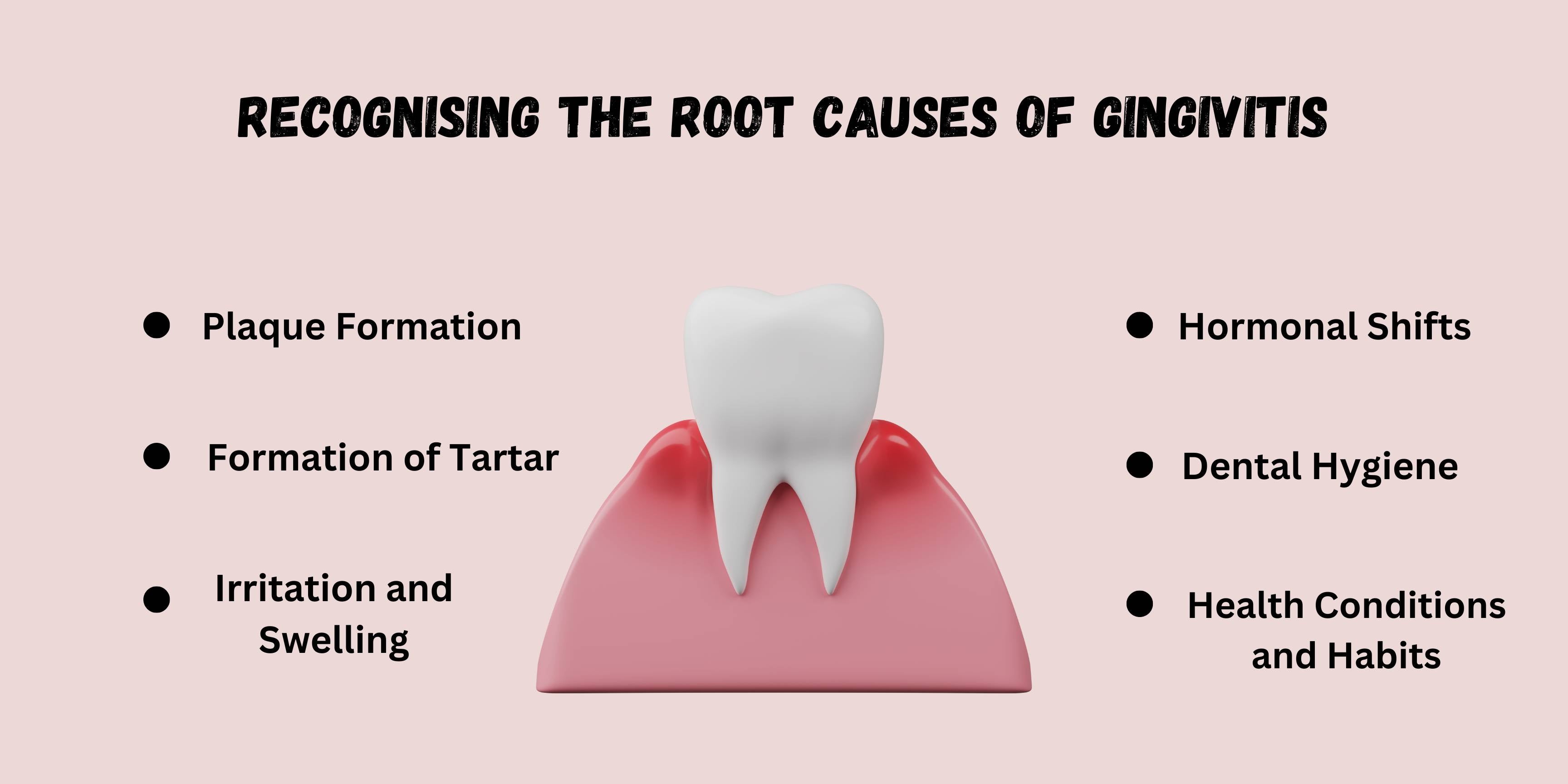
It takes more than just not brushing your teeth to attract gingivitis. Plaque, a sticky film of germs that develops on your teeth after consuming sugars and starches, is the leading cause of gingivitis. This is how it all transpires-
Plaque Formation- When you eat foods high in sugar or starch, germs collect on your teeth and create a sticky, colourless substance known as plaque. It is necessary to remove this plaque every day because it can grow quickly and cause problems.
Formation of Tartar- Plaque that remains behind your gum line for an extended period hardens into calculus or tartar. Bacteria breeds in tartar, which makes plaque removal difficult and irritates your gums.
Irritation and Swelling- Your gum tissues begin to swell as plaque and tartar settle on your teeth. voicing disapproval. They get inflamed, which causes swelling and inflammation. Ever notice how easily your gums bleed? It is a well-known indication of gingivitis.
Hormonal Shifts- Hormones may also be involved. Changes in hormones, such as during pregnancy, may increase your risk of gingivitis. You must take special caution during such periods.
Dental Hygiene- It can be difficult to clean your teeth completely if you don't brush them often or if they are arranged crookedly. This raises the risk of plaque accumulation and gingivitis as a result.
Health Conditions and Habits- Smoking, chewing tobacco, diabetes, and a family history of gum disease can all increase your risk. Even certain drugs, such as those for blood pressure or epilepsy, can cause a dry mouth by decreasing saliva flow setting the stage for the development of plaque.
Examining the Gingivitis Risk Factors
Gingivitis can strike anyone, regardless of their age, background, and medical history. However, a few extra variables may increase your risk of developing this bothersome gum condition. Now let's explore what can endanger you-
Bad Dental Hygiene- When you neglect to brush and floss, the plaque has the opportunity to cause severe damage to your gums. Gingivitis might strike without warning if you don't clean your teeth regularly.
Smoking and Chewing Tobacco- These habits raise your risk of gum disease in addition to discolouring your teeth. Smoking reduces your body's defences against infections, increasing your risk of developing gingivitis.
Age- Growing older has many benefits, but sadly, it also increases the risk of gingivitis. With ageing, our gums might grow more susceptible to infection and inflammation.
Dry Mouth- In addition to being painful, a dry mouth provides the ideal environment for plaque to grow. If there is little saliva to remove bacteria, gingivitis may spread.
Nutritional Deficiencies- Your gums get weaker when you don't get enough vitamin C, which increases your risk of gingivitis. Thus, don't forget to eat your fruits and vegetables!
Dental Repairs Gone Bad- Poor dental work can lead to crevices where plaque likes to hide, such as poorly fitting fillings or wobbly dental implants. This makes gingivitis more likely to occur.
Crooked Teeth- Straight teeth are easier to maintain and look better. Crooked teeth can make it difficult to brush and floss, leaving behind plaque and causing gingivitis to develop.
Immune system disorders- HIV/AIDS, leukaemia, and other immune system-compromising diseases might increase your susceptibility to infections, including gingivitis.
Medication- Certain drugs, such as certain calcium channel blockers or phenytoin for seizures, can affect the health of your gums and raise your risk of gingivitis.
Hormonal Changes- Whether from birth control pills, menstruation, or pregnancy, hormones can potentially negatively impact gum health. Your gums may become more irritable and sensitive due to these hormonal changes.
Genetic Factors- Genetics can play a role. You may be more prone to gum disease if you have specific genetic predispositions.
Underlying Medical Conditions- You may be more susceptible to gingivitis if you have certain fungal or viral illnesses.
It can be beneficial to understand these risk factors and take preventative measures to safeguard your gums and stop gingivitis from developing.
Suggested Read - Effective Gums Problem Solution
Gingivitis Diagnosis and Treatment
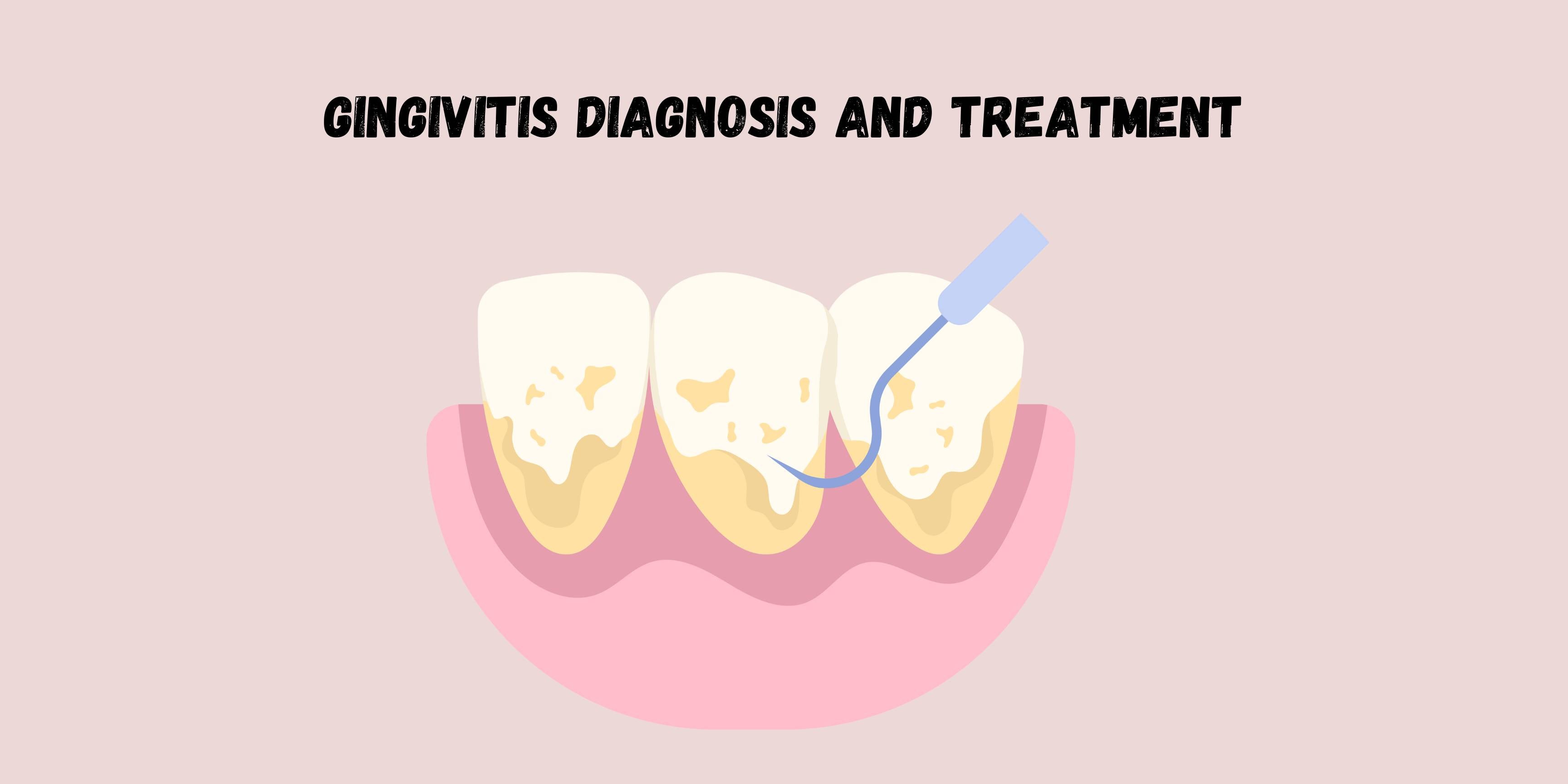
Your dentist inspects your mouth closely peering for symptoms of the disease. After looking for visible indications of gingivitis, such as bleeding, redness, swelling, and recession of the gums, they collect clues that provide important information about the condition of your gums.
Next, to look for pockets or spaces between your teeth and gums, your dentist may carefully probe your gums using an instrument. Deeper pockets may be a sign of gum disease, necessitating more testing. Your dental history is also very important. Your dentist should know if you have ever had any symptoms of gum disease to pick up the right prevention approach.
Extra Examinations and Evaluations
Your dentist might occasionally advise more testing, including dental X-rays. These imaging examinations give you a better look at your teeth and can show any gingivitis-related underlying damage.
Can Someone Catch Gingivitis?
Although gingivitis is not communicable in and of itself, saliva-to-saliva contact can transmit the bacteria that causes gingivitis. This implies that you may be more likely to have gingivitis yourself if you come into contact with someone who already has it, particularly if you have poor oral hygiene or underlying medical issues.
Methods of Treatment
After a diagnosis, treatment becomes the main priority. This is how most dentists usually go about handling the prevention phase-
Professional dental cleanings- Getting rid of plaque and tartar accumulation with a thorough cleaning is the cornerstone of treating gingivitis. Your teeth will be carefully cleaned by a periodontist or dentist, who will also do scaling and root planing to get below the gum line.
Better Oral Hygiene- It's important to continue practising proper oral hygiene outside of the dentist's chair. Your dentist will instruct you on how to effectively remove plaque and stop gingivitis from returning by using mouthwash, brushing, and flossing.
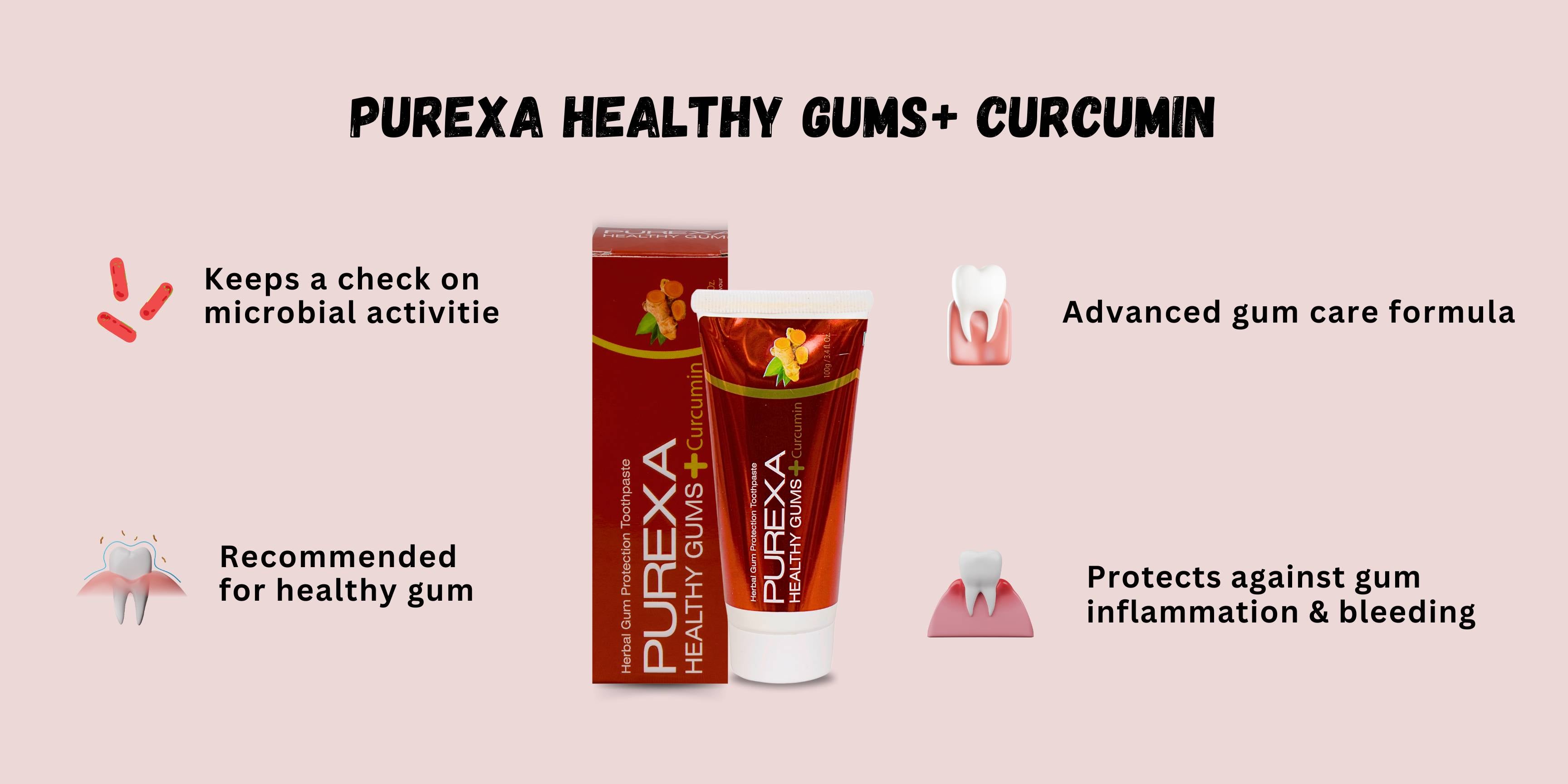
Purexa's Healthy Gums + Curcumin Toothpaste offers a natural solution to safeguard your gums and promote oral health. With a blend of herbal ingredients like Pomegranate Chhal, Vitamin C, and Curcumin, our toothpaste works to reduce inflammation, strengthen gums, and combat bleeding, making it an ideal choice for addressing gingivitis effectively.
Modifications to one's lifestyle can also have an impact. Giving up smoking and implementing a healthy, vitamin C-rich diet can promote gum health and help treat gingivitis.
You can prevent gingivitis and keep your teeth healthy for years to come by being aware of the symptoms, diagnosis, and treatment options. Recall that the best ways to prevent and treat gingivitis are early detection and intervention.
Prevention in the early stages of gum disease
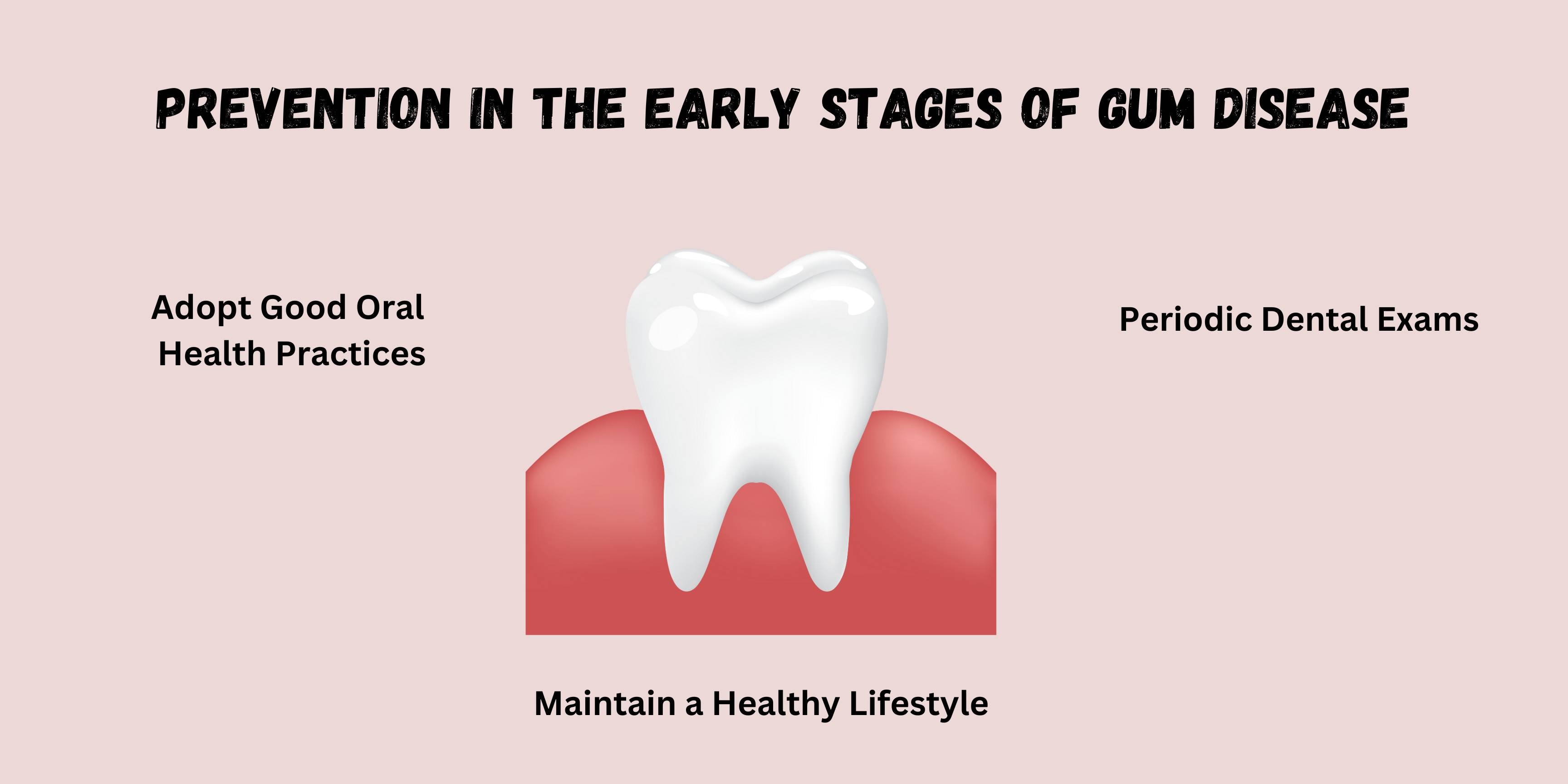
Preventing gum disease doesn’t require you to step out of your comfort zone, take a fancy diet, or spend a fortune on dental instruments. You can prevent gum disease and keep your dental health at its best by adopting easy yet effective everyday routines.
Adopt Good Oral Health Practices- Make brushing and flossing your teeth a regular must. Two minutes should be dedicated to brushing, ideally done in the morning and again right before bed. Remember to floss at least once a day to make sure that the spaces between your teeth are free of bacteria and plaque.
Periodic Dental Exams- Make sure you keep your dental appointments! It is imperative that you schedule professional cleanings with your dentist or dental hygienist every six to twelve months. Should you possess risk factors such as If you smoke, have a dry mouth, or take certain medications, you might require more frequent cleanings to prevent gingivitis.
Maintain a Healthy Lifestyle- The state of your gums is impacted by your general health. Adopt a nutritious diet and take effective care of medical issues like diabetes. Your gums will appreciate you for giving up smoking and using tobacco products.
Lowering Your Gingivitis Risk
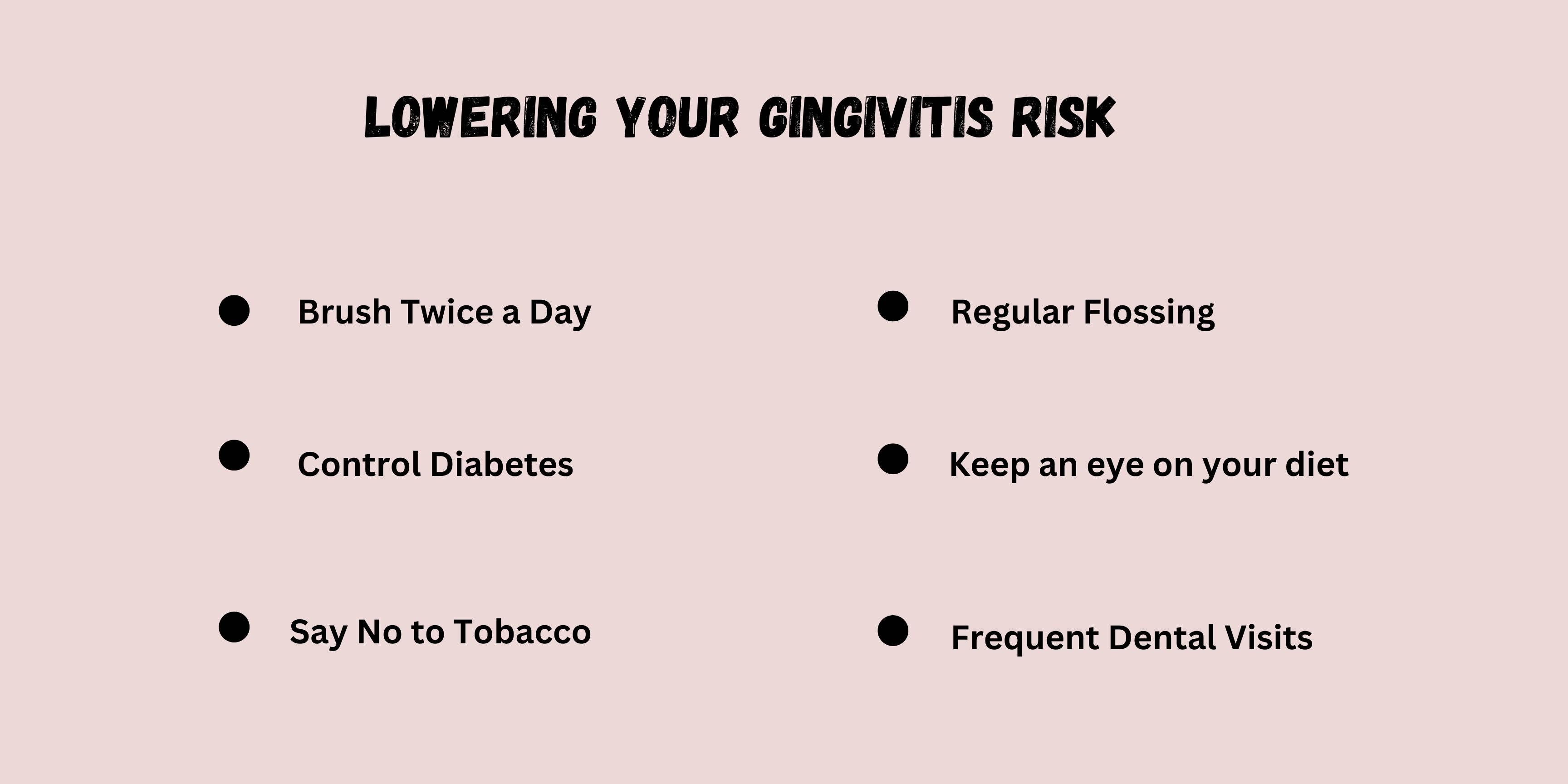
It's critical to take preventative measures to lower your chance of gingivitis. What you can do is as follows-
Brush Twice a Day- Make time each morning and evening to give your teeth a good, thorough brushing. By doing this, you can maintain your gums healthy and happy by removing bacteria and plaque.
Control Diabetes- It's critical to maintain controlled blood sugar levels if you have diabetes. Diabetes that is not under control can raise your risk of gum disease, therefore adhere to your treatment regimen closely.
Say No to Tobacco- Using tobacco products and smoking increases your risk of gum disease in addition to discolouring your teeth. Take action to stop smoking and safeguard the health of your gums.
Regular Flossing- Never undervalue the benefits of flossing! You can lessen your chance of developing gingivitis and stop plaque formation by cleaning the spaces between your teeth of food particles.
Keep an eye on your diet- Reducing your intake of sugary meals, beverages and alcohol can help your oral health. Select wholesome foods that promote general well-being and gum health.
Frequent Dental Visits- See your dentist as soon as you start experiencing symptoms. Plan routine examinations at least once a year, and more often if necessary based on your family's history of gum disease or risk factors.
You may greatly lower your chance of getting gingivitis and have a lifetime of healthy smiles by adopting these preventive practices into your everyday routine.
Final Thoughts
Early detection is critical. Even though gingivitis may not jump as a red flag at first, you may need to pull the brakes on the issue before it gets worse.
Gingivitis can be avoided in large part by following good oral hygiene habits, which include routine dental exams, flossing, and brushing. You can lower your risk of gum disease and maintain healthy gums by getting rid of bacteria and plaque. Getting professional cleanings and examinations every six to twelve months can help detect the symptoms at an early stage.
Your general health is reflected in the state of your teeth. Do not disregard gingivitis symptoms if you encounter any. Make oral health a top priority by acting proactively and, if necessary, consulting a dentist.
Prevention is always preferable to treatment. You may successfully prevent and manage gingivitis and ensure a lifetime of healthy smiles by placing a high priority on good oral hygiene, routine dental care, and early intervention. Thus, take responsibility for your dental health now and get the rewards of a self-assured, gorgeous smile later!
Written by Dr. Shipra Jaiswal, BDS, MDS, a Periodontist and Gums Specialist